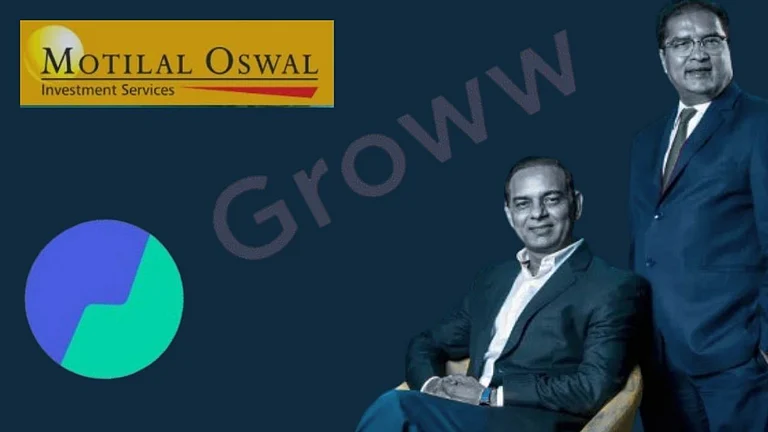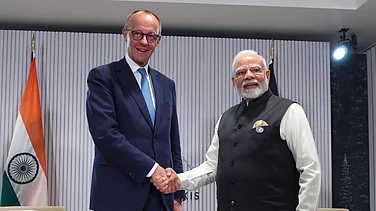The budget’s announcements for the financial services sector centred on three themes — digital or technology-enabled financial services, expanding financial inclusion, and enhancing assistance to micro, small and medium enterprises (MSMEs).
That’s continuing service to what can be collectively referred to as the ‘DFM troika’.
These themes dovetail into two key pillars of the budget — inclusive development and increase in capital expenditure.
To be sure, DFM has received attention in the recent past as well. But this budget’s recommendations will hasten and deepen the adoption of digital, especially in rural areas and in customer segments lower down the socio-economic hierarchy, thereby accelerating financial inclusion, as well as creating the right space for increasing lending to MSMEs.
Bringing the nation’s 1.5-lakh-strong post office network under the core banking system will give a strong leg up to financial inclusion, with the benefits of tech-enabled financial services percolating to rural areas, to those in the lower strata, and to senior citizens.
The move could be a game-changer in financial inclusion, as the post office network has a relatively wide penetration in rural areas, and, thereby, could support sectors such as microfinance institutions, which have high cash collections, and provide a nudge towards formal banking channels.
Online transfer of funds between post offices and banks will also encourage lenders as well as borrowers to transition to digital payments without incurring costs in setting up additional infrastructure and towards collections. Setting up 75 digital banking units in 75 districts by scheduled commercial banks has the potential of combining tech-enabled banking services with financial inclusion, too.
Keeping with the ‘M’ component of the troika, the budget has also announced support measures for the critical MSME sector. Banks and non-banking financial companies have had a run-in with asset quality issues over the past few years on loans extended to MSMEs. MSMEs have also been among the worst impacted following the outbreak of Covid-19 and consequent economic disruption.
What has supported MSMEs over the past two years, while also increasing credit flow to the sector, has been the Emergency Credit Line Guarantee Scheme (ECLGS) and to some extent the Credit Guarantee Trust for Micro and Small Enterprises (CGTMSE). The budget’s enhancement of these two programmes should do well to control asset quality challenges for lenders to MSMEs while increasing credit flow to the sector.
Extension and expansion of ECLGS will channel additional credit to the MSME sector and support this crucial cog of the economy. At the same time, revamping of the CGTMSE scheme will support funding requirements of micro and small enterprises, with the potential of additional credit of Rs 2 lakh crore to the sector. While the finer details of the revamp of the scheme remain to be seen, enhancement of the scheme will support a rise in credit to a segment, where typically access to credit has lagged demand. Timeliness of implementation of the measures and efficiency in terms of funds being released are critical, though.
Access to finance in the affordable housing space can also be deemed to be a form of financial inclusion. The government’s sharp focus on the affordable housing sector over the past few years has led to a strong growth of the segment in India.
Even in this budget, the government’s thrust has not wavered, providing for Rs 48,000 crore under the Pradhan Mantri Awas Yojana. This will support the growth of affordable housing finance companies (HFCs), which have been growing faster than traditional HFCs owing to favourable regulations and robust demand.
To enhance ease of doing business, the budget has proposed amendments to the Insolvency and Bankruptcy Code (IBC) to facilitate cross-border insolvency resolution as well as speed up the voluntary winding up of companies. While the IBC has helped improve the recovery ecosystem in India for stressed assets in the past few years, there is scope for further improvement with regard to enhancing recovery levels as well as speeding up the resolution process. The proposed budgetary measures should improve the efficacy of the Code to some extent.
One noteworthy exception from the budget’s announcement was capital allocation to public sector banks (PSBs). In fact, for the first time in several years, there was no such outlay. This reinforces the view that PSBs are better placed today than was the case in the recent past.
Indeed, all PSBs have improved capitalisation positions now, with a tier I capital buffer of over 100 basis points above the regulatory requirement. In addition, gross non-performing asset levels of PSBs have steadily declined from a peak in March 2018. Also, after making losses for several years on the trot, they realised profits in fiscal 2021. And profitability is improving as well.
Consequently, the banking sector is now better placed to support the government’s budgetary push on capital expenditure.
While there may not be the big bang stuff for the financial services sector, the focus on the DFM troika is steadfast. The virtuous rub-offs should thus continue.
(Krishnan Sitaraman is Senior Director & Deputy Chief Ratings Officer, CRISIL Ratings Ltd.)

























